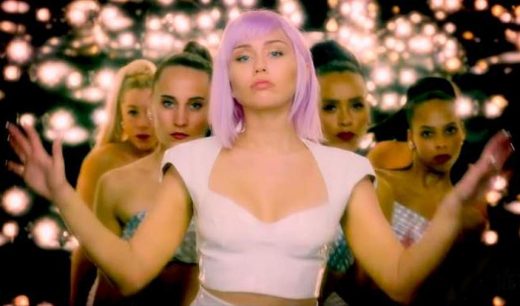The new season of Black Mirror, which we know with its pessimistic stories about technology and created by Charlie Brooker, takes a turn that we are not used to from previous seasons. The series, which focuses on the horror genre and gothic themes, maintains its anthological structure that includes different stories in this season.
Considering the events that have happened since the last season was released in 2019 and the issues that occupy the agenda the most, one thinks that it would have been very (or even too) easy for Charlie Brooker to write a new Black Mirror season. After all, Black Mirror is not as we know it in its final season. We knew and loved it as a techno-paranoid, nihilistic science fiction series that thinks about the dystopia of the near future, and (in fact) we have been missing it since the fourth season. The sixth season of Black Mirror consists of stories that explore horror trends, even supernatural horror and gothic themes. It’s more like The Twilight Zone than anything else.
As Brooker once said, technology can work like medicine; It solves a problem or need, but it also has side effects. The subjects of Black Mirror, as we know it, were shaped around the side effects of technological developments, which Brooker compared to medicine. In the new season, the ghosts of past technologies parade.
It is reminded that while people’s emotional world, their motivations, the diversity and intensity of their desires and fears do not change radically, technology is developing at a radical pace. In a world where science fiction dystopias are inadequate, Charlie Brooker wanted to look elsewhere and abandoned futurist visions (for now).
He goes back to the past, underlining it at every opportunity. Mazey Day, a monster story where the hunted is hunted, was released in 2006, the allegorical existential (and rather depressing) space drama Beyond the Sea was published in 1969, and Demon 79, 1979, which almost copied the aesthetics and film language of In Fabric (2018). Also, the first two chapters; Joan is Awful and Lock Henry are set around the present day. The issue that the series has been about since the beginning has not changed; Actually, there is no technology problem, the problem is people.
The first episode of the season, Joan is Awful, came to the screen at an uncannily good time, during a period when actors, writers and set workers in Hollywood went on strike, primarily for fair contract terms and especially for the use rights of actors’ digital images not to be subject to contract. Joan is a user who did not realize that when she signed up to Streamberry, a platform that resembles Netflix’s evil twin sister, she was allowing her personal information to be used to the full extent.
When he sees that his daily life has turned into content, he rebels, but to no avail. Reality is peeling off layer by layer, other truths emerge from under the surprising truths; It turns out that Salma Hayek, who played her in the TV series ‘Joan is Awful’, is not Salma Hayek at all, but a copy produced by the studio, which can manipulate her image digitally, according to Hayek’s contract. Joan herself is not the real Joan.
It is impossible to get out of this matryoshka without destroying the quantum computer that maintains the system. It seems that the issues of today’s strike cannot be solved by destroying such a computer, but… Unless the love of profit maximization of companies (and therefore individuals) ends (so we are talking about the end of capitalism…), it seems that everything and everyone (and every part of everyone) will continue to be valuable as much as it can be converted into money. .
How “personal” is too personal for Joan, who was shocked because she didn’t know exactly what she was consenting to when she said she consented to the use of her personal information. Streamberry is so close to Joan, so invading and permeating Joan’s personal space that it’s practically broadcasting from inside Joan’s head. The issue of privacy of personal data has been one of the places where Black Mirror frequently returns.
In the first season’s episode called The Entire History of You, the chip called “grain” that people bought and placed in their brains recorded what they saw and heard, stored and replayed memories. People’s memories were turning into a body of data that could be manipulated, stolen, copied, and become content in electronic media. Not only memory, but also the self as a whole, in many episodes of Black Mirror, becomes an object, can be copied with consciousness, can break away from the physical field and continue its existence in the cloud, in another body, in the operating system of an android.
Next Page: Black Mirror – Both on Earth and in space at the same time.
Visits: 28




